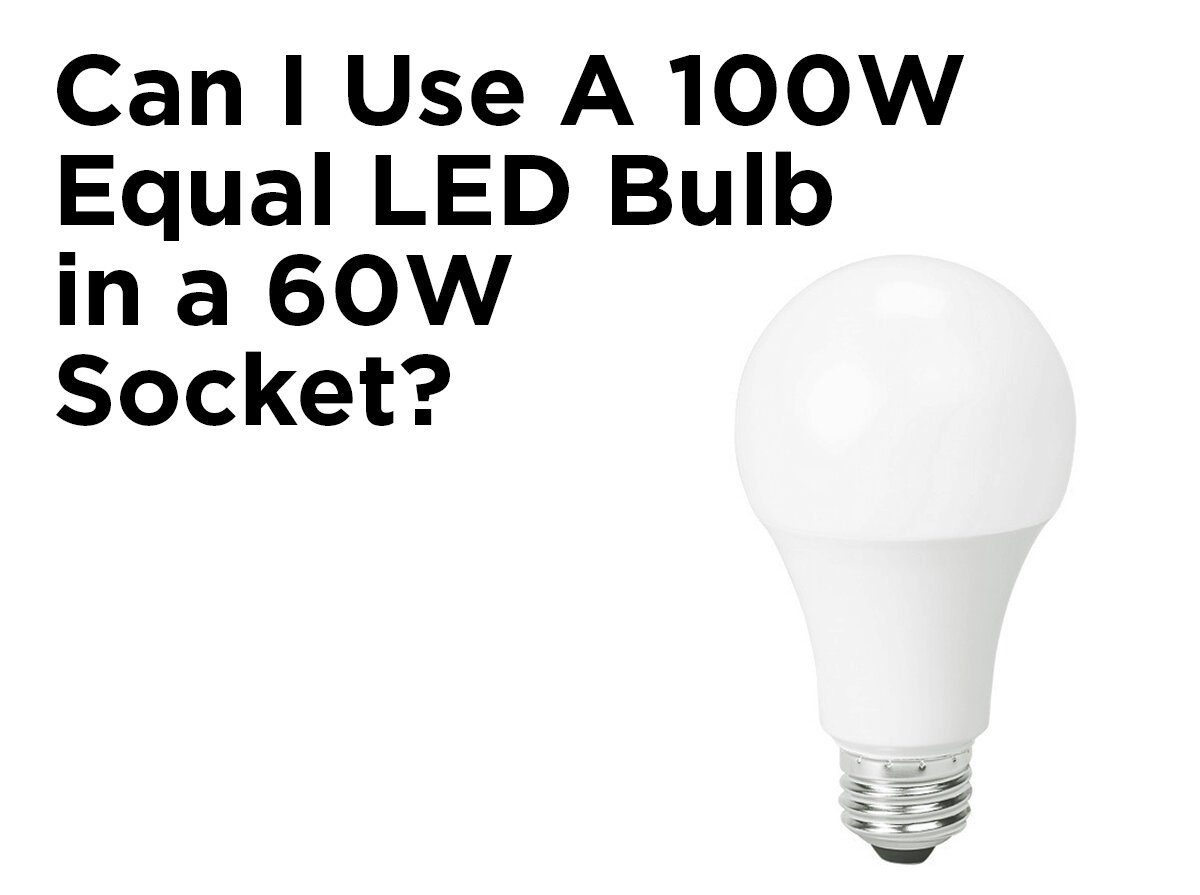Bug Traps vs. Bug Lights
Summertime is all about fun in the sun…that is, until the bugs come out. Dealing with unrelenting hordes of pesky insects can really put a damper on your evening plans; some days, you may even want to cancel them altogether to avoid being covered in itchy mosquito bites. While we imagine you’ve already tried several methods of keeping the bugs at bay, judging by your presence, we bet you haven’t yet tried bug traps or bug light bulbs. These insect control products work their magic in different ways, and depending on your situation, one may be more right for your needs than the other.
Bug Traps
Paraclipse Insect Inn
So what is a bug trap? Unlike bug zappers, which you may already be familiar with, bug traps don’t attract insects onto a metal grid, blast them into smithereens, and contaminate the surrounding area with their unsightly remains. Instead, they lure and trap insects onto an adhesive strip with food, chemicals, pheromones, and/or visuals such as UV light, offering a more sanitary alternative. Paraclipse light traps, which use ultraviolet bulbs to draw flying insects toward a sticky surface housed within a neat, white container, are an ideal bug trapping solution. Producing no harmful chemicals or pesticides, these light traps are also safer for the environment than other bug traps, and they are simple to use. All you have to do to enjoy a bug-free outdoor space is keep the light running and replace the no-mess cartridge on a regular basis. Easy, right?
Bug Lights
CFL Bug Light
Bug lights, on the other hand, don’t zap or trap bugs. They don’t even technically repel bugs. What they do is emit light in a spectrum that is invisible to most flying insects, consequently attracting fewer of them than a regular light. Bug lights are yellow because this color allows them to emit light in a low color temperature. Lower color temperatures are inversely related to higher wavelengths of light. While humans can see wavelengths spanning from 390 to 750 nm, bugs are unable to see wavelengths above 650 nm. By coloring the bulb yellow, manufacturers are able to decrease the color temperature of the light, and in doing so, increase the light’s wavelength into a spectrum unseen by bugs. Your solution to an insect-free evening could actually be just screwing in a yellow light bulb away!
So which is better?
That depends on a few things. What kind of bugs are you having a problem with? Are these bugs attracted to your house lights? If these bugs are swarming around your lights, and therefore around you and/or your guests, you may want to go with bug lights to take away the reason for their presence. However, if you are getting bitten by bugs in a dark area, such as the case typically seems to be with mosquitoes, or if you have a large population of bugs hovering over garbage or food, such as with house or fruit flies, you may want to go with bug traps instead. It all depends on the nature of your bug problem—are your outdoor lights part of the issue?—to safely say which bug battling method will work better for you.
Have you ever used a bug trap or bug light, and if yes, what was your experience? Do you have any questions or concerns about this article? Let us know in the comments below and be sure to follow us on Facebook, Twitter, LinkedIn, Pinterest, or Instagram for more great posts!









